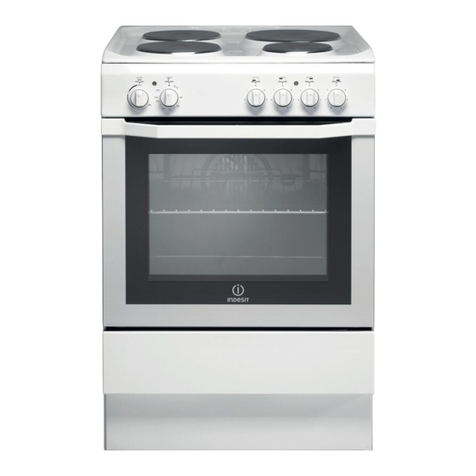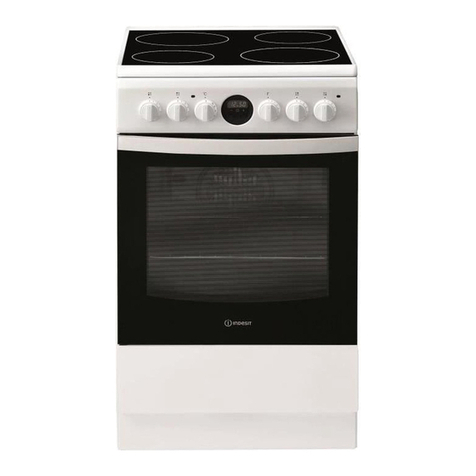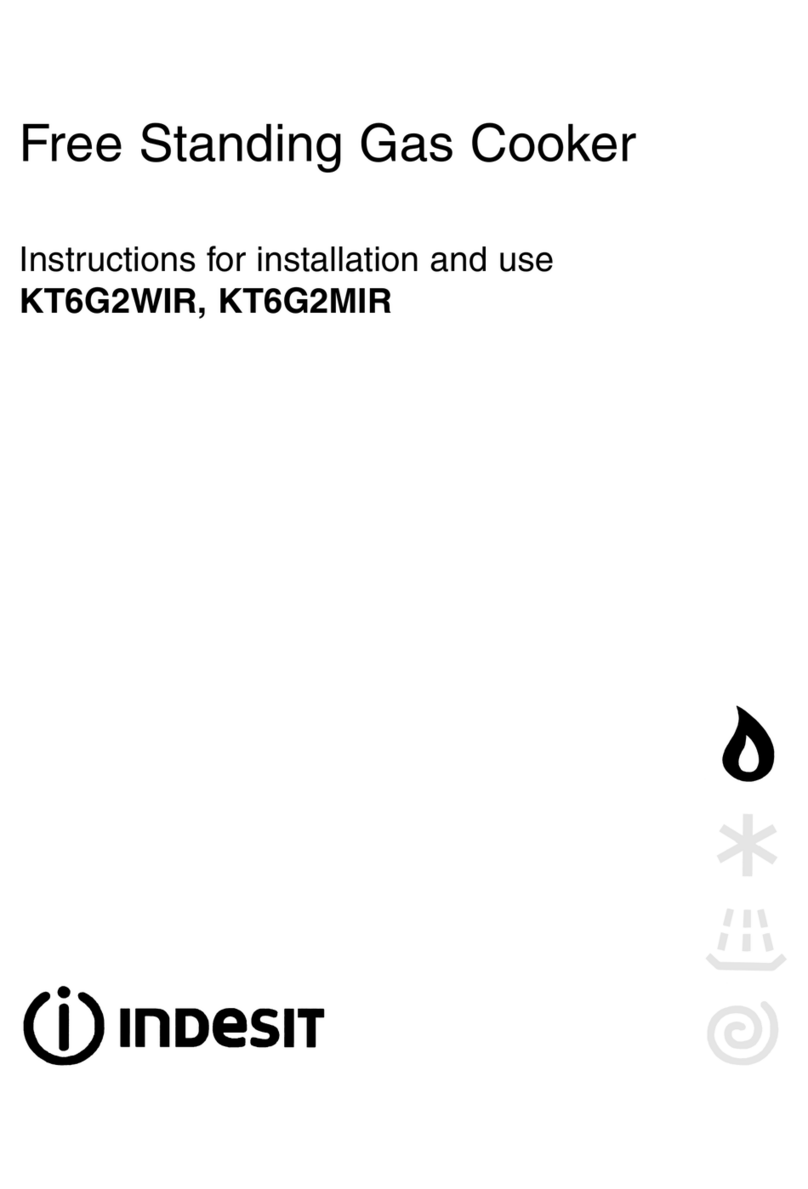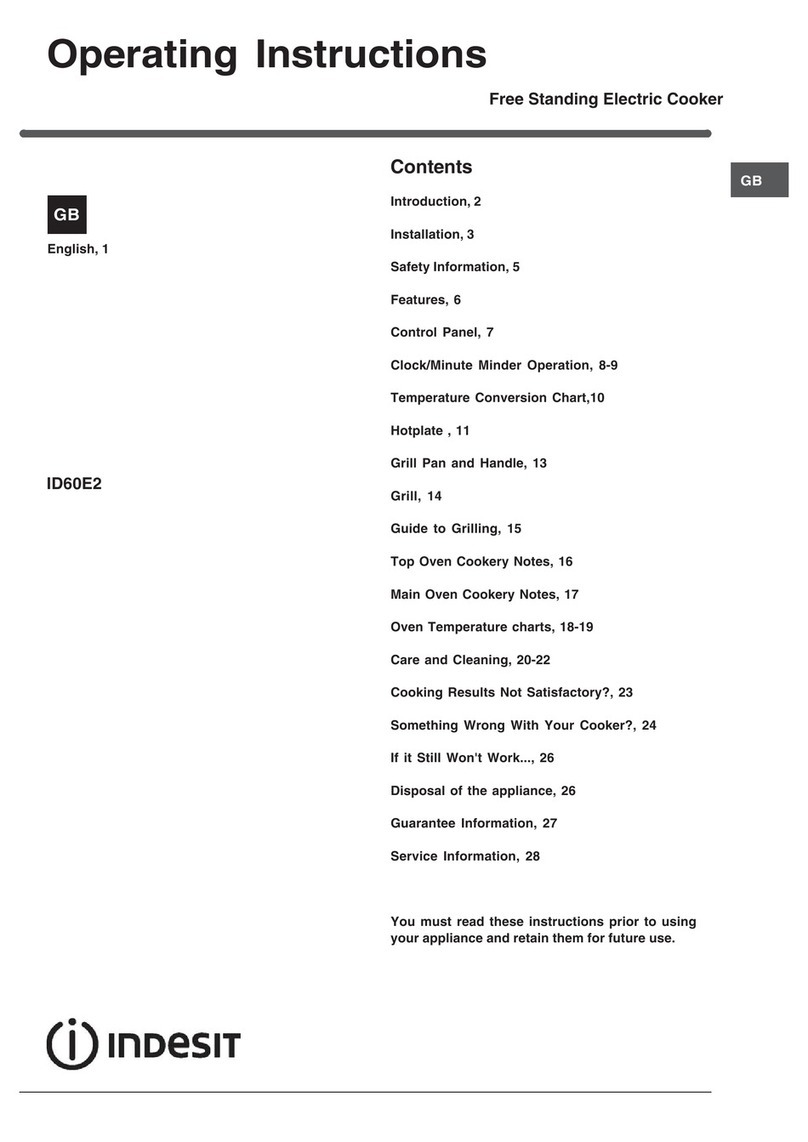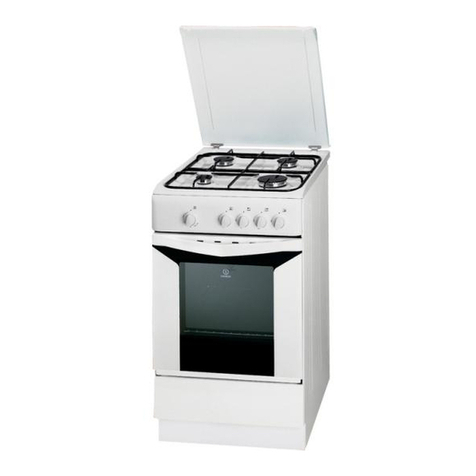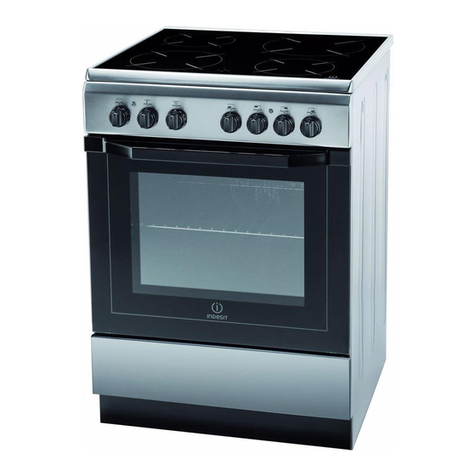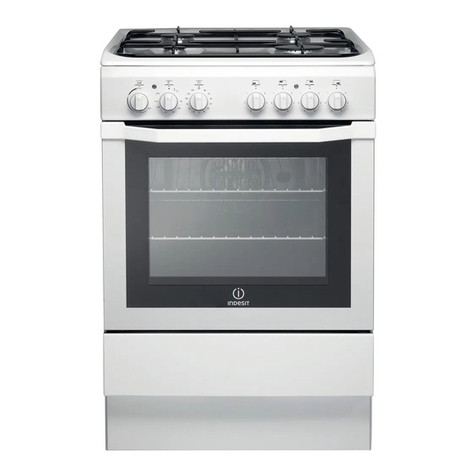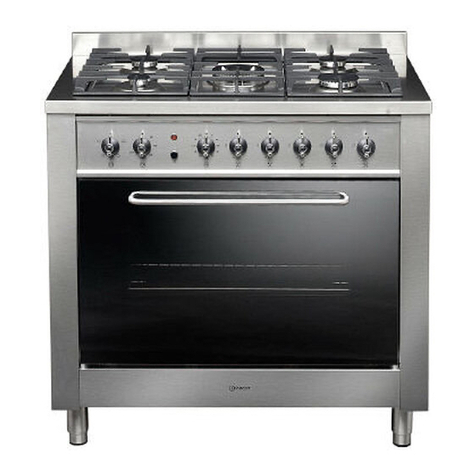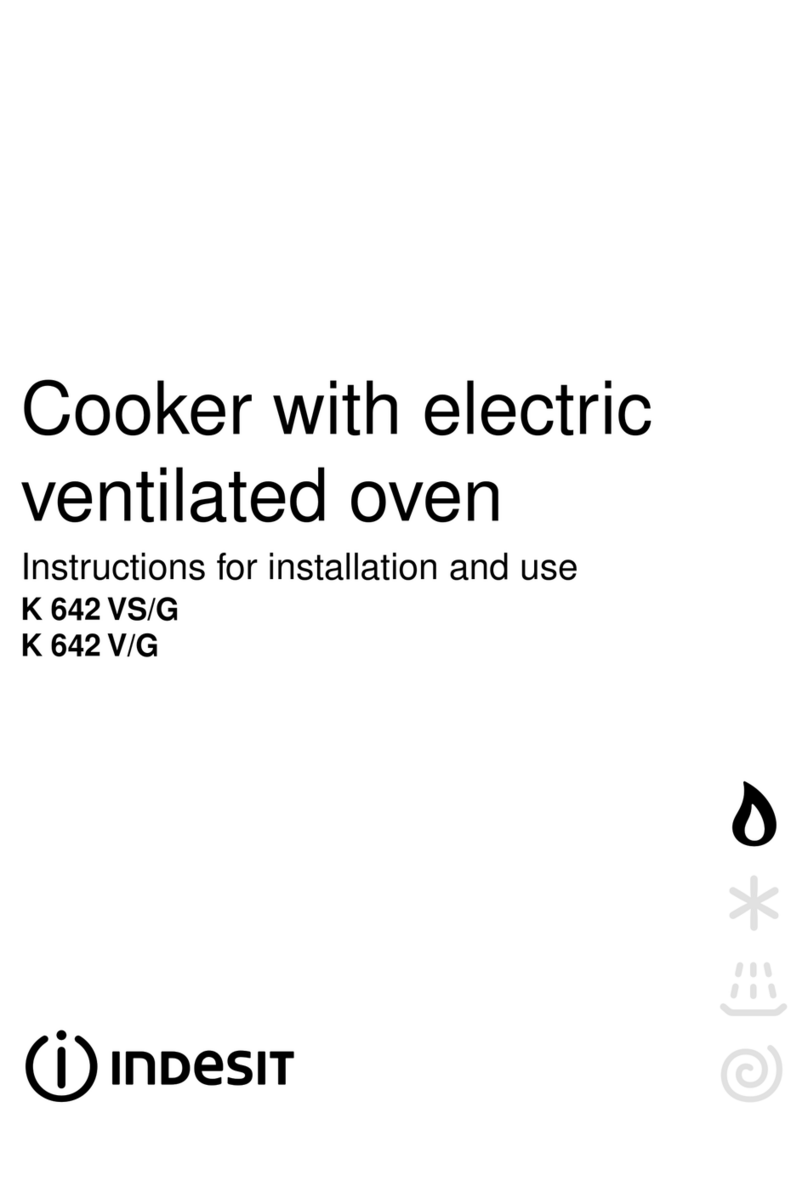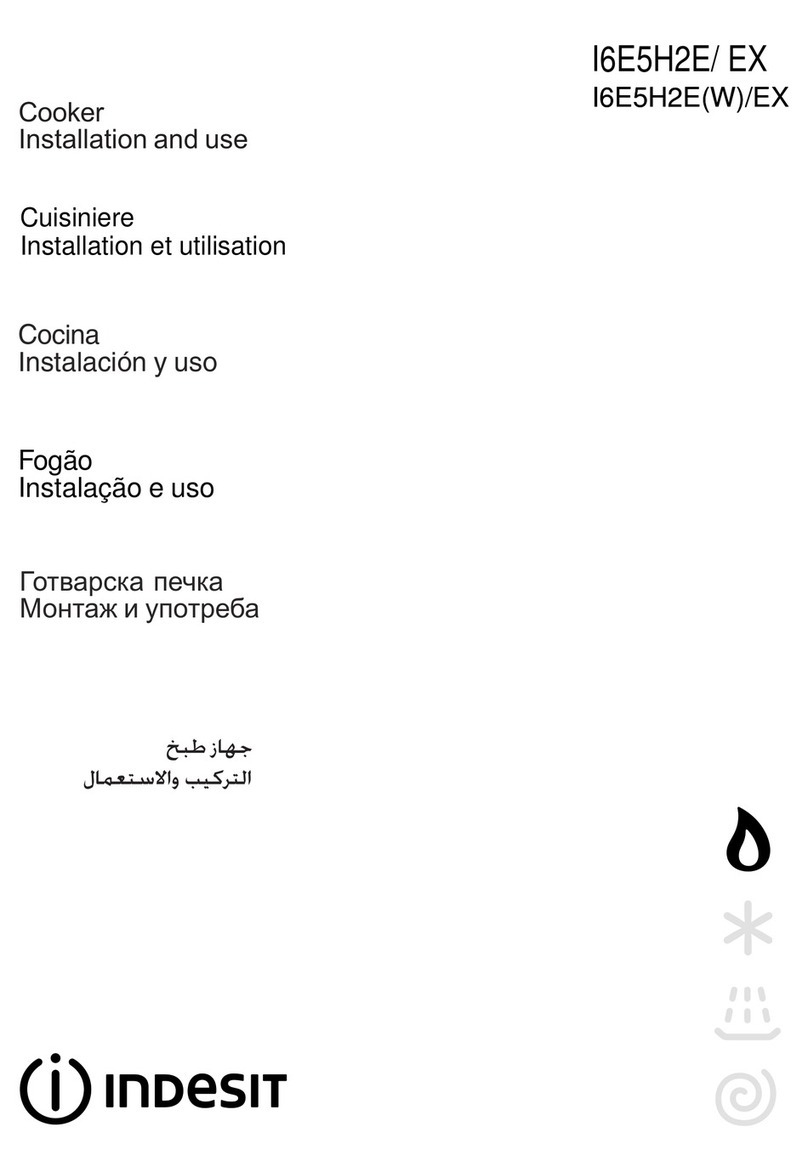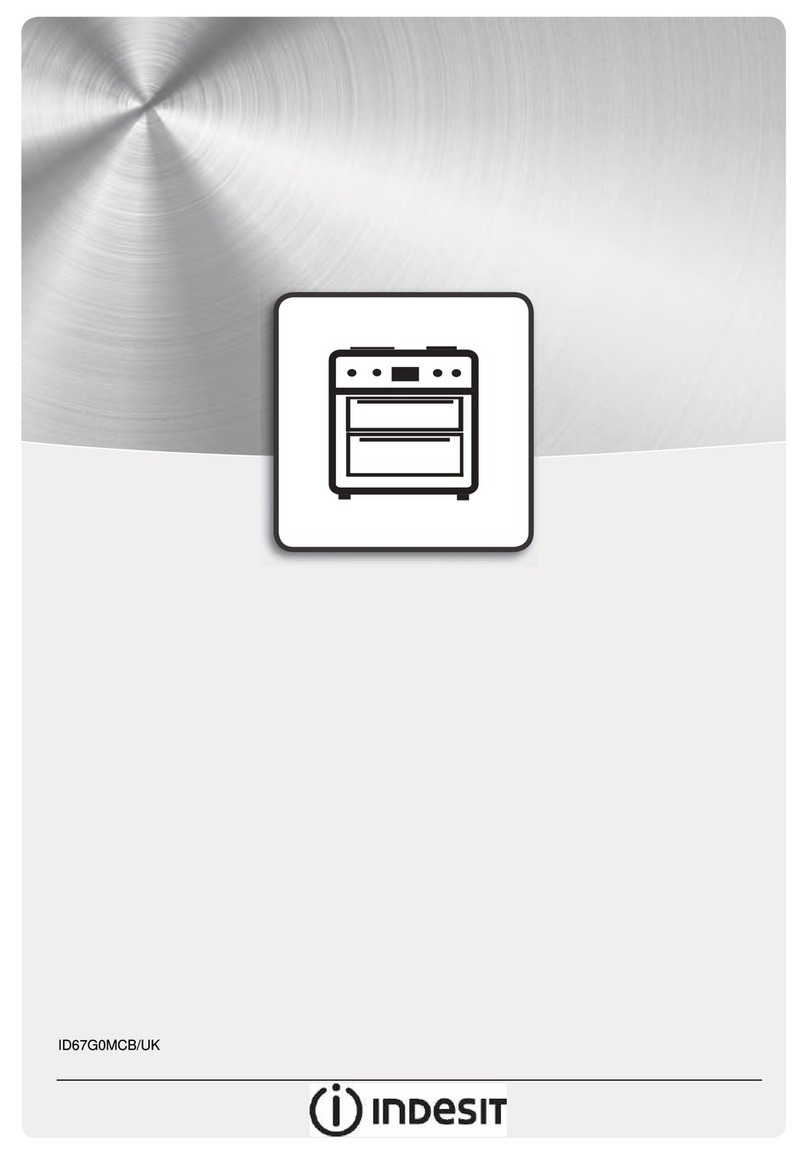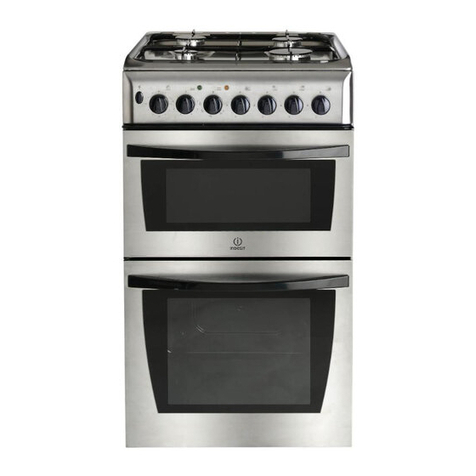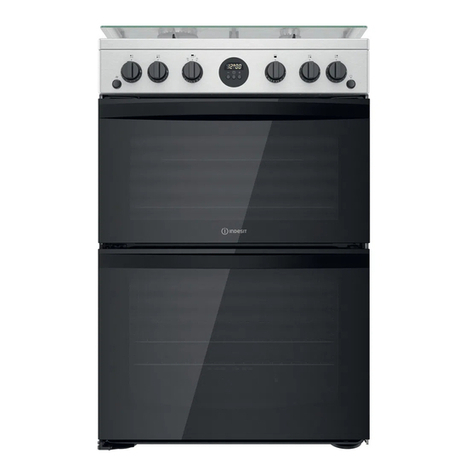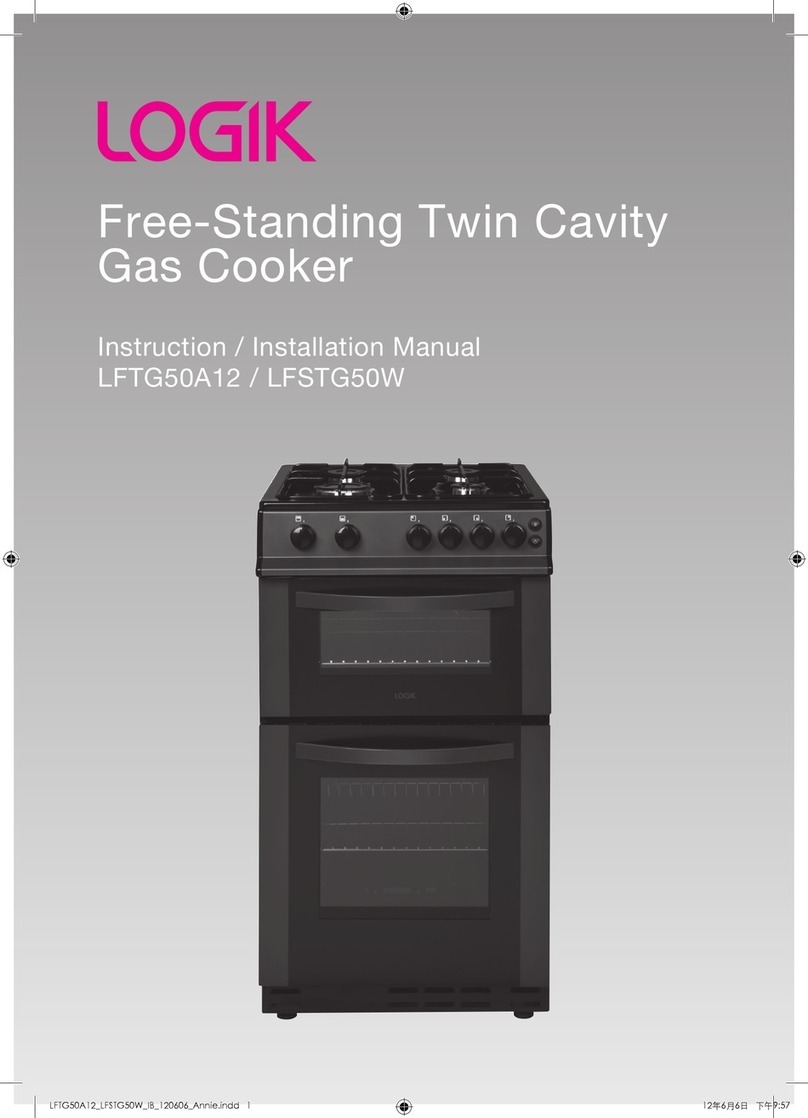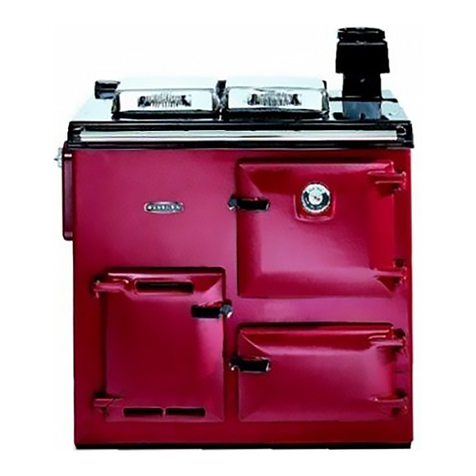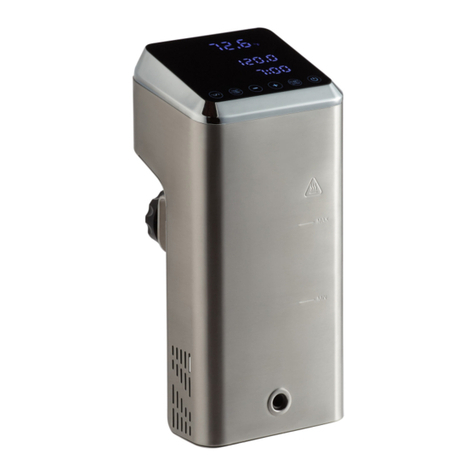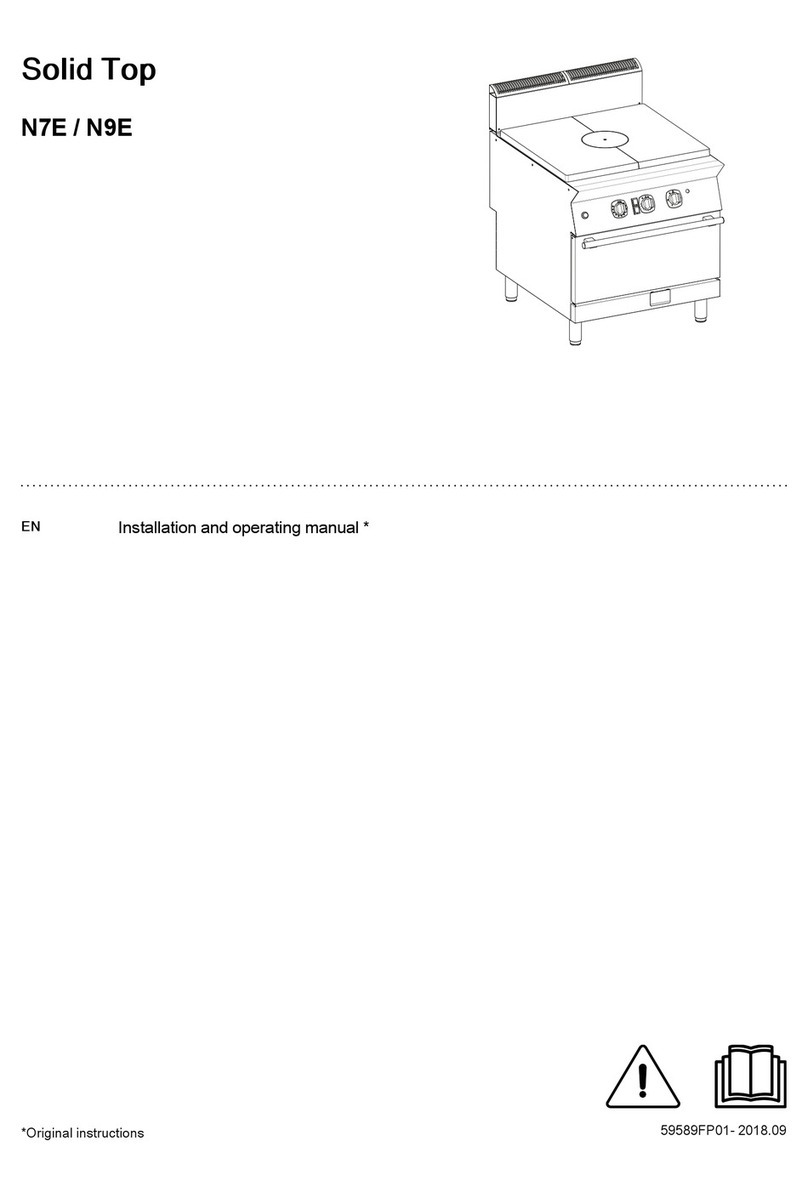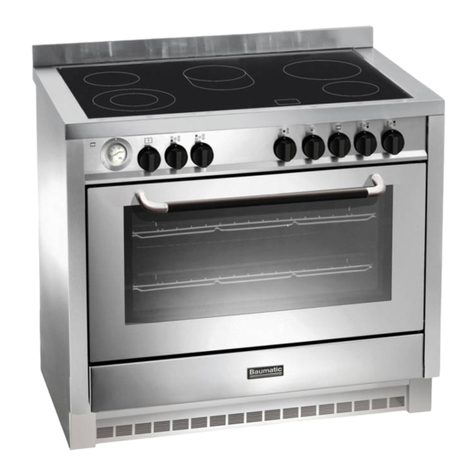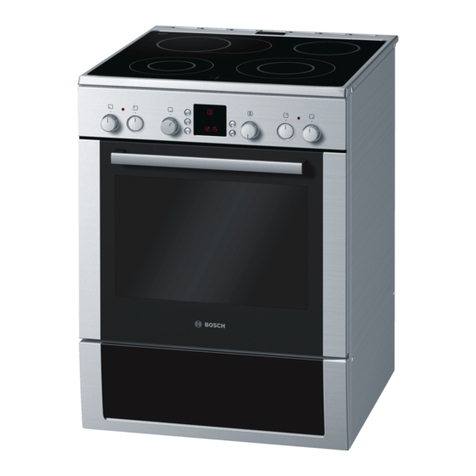10
GB
Precautions and tips
! This appliance has been designed and manufactured in compliance with international safety
standards.The following warnings are provided for safety reasons and must be read carefully
General safety
These instr ctions are only valid for the co ntries whose symbols
appear in the man al and on the serial n mber plate.
The appliance was designed for domestic se inside the home
and is not intended for commercial or ind strial se.
The appliance m st not be installed o tdoors, even in covered
areas. It is extremely dangero s to leave the appliance exposed
to rain and storms.
Do not to ch the appliance with bare feet or with wet or damp
hands and feet.
The appliance must be used by adults only for
the preparation of food, in accordance with the
instructions outlined in this booklet. Any other
use of the appliance (e.g. for heating the room)
constitutes improper use and is dangerous. The
manufacturer may not be held liable for any
damage resulting from improper, incorrect and
unreasonable use of the appliance.
The instr ction booklet accompanies a class 1 (ins lated) or class
2 - s bclass 1 (recessed between 2 c pboards) appliance.
When the appliance is in se, the heating elements and some
parts of the oven door become extremely hot. Make s re yo
don't to ch them and keep children well away.
Make s re that the power s pply cables of other electrical
appliances do not come into contact with the hot parts of the
oven.
The openings sed for the ventilation and dispersion of heat m st
never be covered.
Do not place nstable or misshapen pans on the electric
hotplates; this will help to avoid spills. Position them on the hob
with the handles t rned towards the centre of the appliance.
Always se oven gloves when placing cookware in the oven or
when removing it.
Do not se flammable liq ids (alcohol, petrol, etc...) near the
appliance while it is in se.
Do not place flammable material in the lower storage compartment
or in the oven itself. If the appliance is switched on accidentally, it
co ld catch fire.
Always make s re the knobs are in the 0 position when the
appliance is not in se.
When npl gging the appliance, always p ll the pl g from the
mains socket; do not p ll on the cable.
Never perform any cleaning or maintenance work witho t having
disconnected the appliance from the electricity mains.
If the appliance breaks down, nder no circ mstances sho ld yo
attempt to repair the appliance yo rself. Repairs carried o t by
inexperienced persons may ca se inj ry or f rther malf nctioning
of the appliance. Contact Assistance.
Do not rest heavy objects on the open oven door.
The internal s rfaces of the compartment (where present) may
become hot.
The glass ceramic hob is resistant to mechanical shocks, b t it
may crack (or even break) if hit with a sharp object s ch as a tool.
If this happens, disconnect the appliance from the electricity
mains immediately and contact a Service Centre.
If the s rface of the hob is cracked, switch off the appliance to
prevent electric shocks from occ rring.
Remember that the temperat re of the cooking zones remains
relatively high for at least thirty min tes after they have been
switched off.
Keep any object that co ld melt away from the hob, for example
plastic and al mini m objects, or prod cts with a high s gar
content. Keep plastic or al mini m objects away from the hob: if
yo forget them on s rfaces that are still hot, they may ca se
serio s damage to the hob.
The appliance sho ld not be operated by people (incl ding
children) with red ced physical, sensory or mental capacities, by
inexperienced individ als or by anyone who is not familiar with the
prod ct. These individ als sho ld, at the very least, be s pervised
by someone who ass mes responsibility for their safety or receive
preliminary instr ctions relating to the operation of the appliance.
If the cooker is placed on a pedestal, take the necessary
preca tions to prevent the same from sliding off the pedestal itself.
Do not let children play with the appliance.
Accessible parts may become hot d ring se. To avoid b rns
yo ng children sho ld be kept away.
Care m st be taken when sing the bottom storage drawer, as
the internal bottom s rface of this drawer can get very hot.
Disposal
When disposing of packaging material: observe local legislation so
that the packaging may be re sed.
The E ropean Directive 2002/96/EC relating to Waste Electrical
and Electronic Eq ipment (WEEE) states that ho sehold
appliances sho ld not be disposed of sing the normal solid
rban waste cycle. Exha sted appliances sho ld be collected
separately in order to optimise the cost of re- sing and recycling
the materials inside the machine, while preventing potential
damage to the atmosphere and to p blic health. The crossed-o t
d stbin is marked on all prod cts to remind the owner of their
obligations regarding separated waste collection.
Exha sted appliances may be collected by the p blic waste
collection service, taken to s itable collection areas in the area or,
if permitted by c rrent national legislation, they may be ret rned to
the dealers as part of an exchange deal for a new eq ivalent
prod ct.
All major man fact rers of ho sehold appliances participate in the
creation and organisation of systems for the collection and
disposal of old and dis sed appliances.
Respecting and conserving the
environment
Yo can help to red ce the peak load of the electricity s pply
network companies by sing the oven in the ho rs between late
afternoon and the early ho rs of the morning.
Check the door seals reg larly and wipe them clean to ens re
they are free of debris so that they adhere properly to the door,
th s avoiding heat dispersion.
